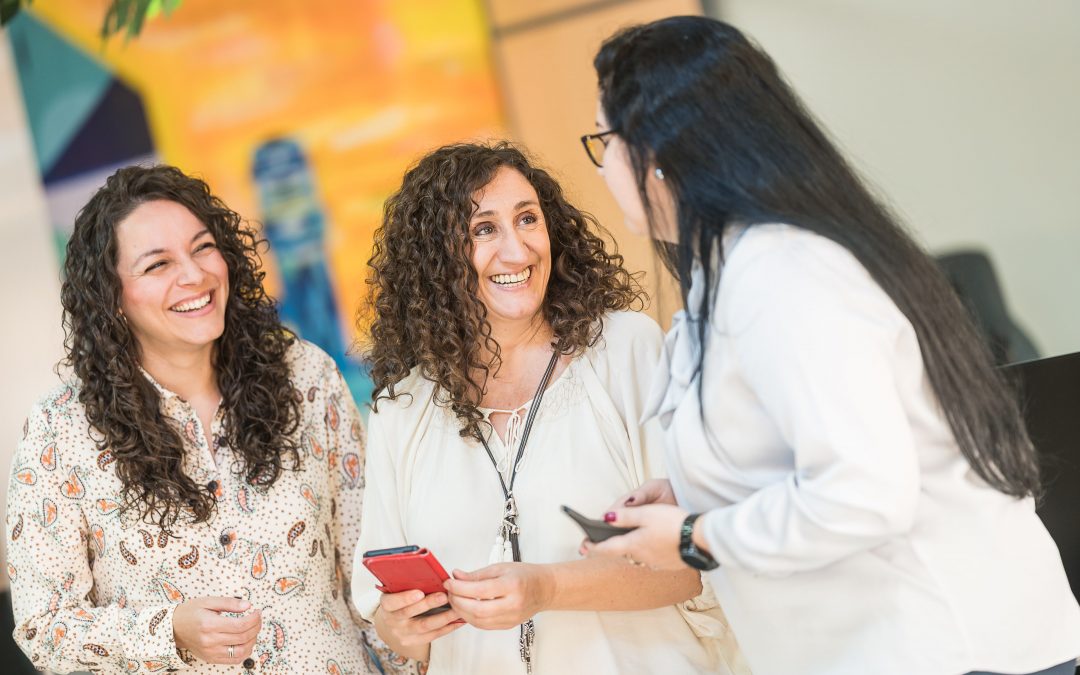In previous posts, we’ve told you all there is to know about certified translation, its legal requirements and uses. There is, however, an ever-increasing lack of awareness about the process, agents and resources involved in this type of translation. In today’s post, we answer your questions and analyse the most common misconceptions in this type of professional translation.
When we talk about certified translation, we are referring to a regulated work that must be carried out by trained, experienced professionals. In the translation industry, not everything goes, and unfortunately, more and more people are not very clear about what it consists of and who can provide an official certified translation service. Some of the errors or misconceptions when referring to this type of work, and the ones that we as a company hear the most, are the following:
“A friend of mine studied Translation, I’ll get him to do the certified translation”
If your friend studied Translation and Interpretation in Spain prior to the regulation brought in by the Spanish government in 2014 (which you can consult here), and has 24 credits in legal and economic translation, of which at least 12 correspond to specialisations or legal subjects, in addition to 16 credits in interpretation, then yes, your friend probably can do it for you. If this isn’t the case, but your friend is of legal age, holds Spanish nationality or the nationality of a Member State of the European Union or the European Economic Area, graduated from a Spanish university or equivalent in the years thereafter and has passed the exam to obtain the certification of Sworn Translator-Interpreter granted by the Spanish Ministry of Foreign Affairs and Cooperation, then he could also do it. However, even if if he did study Translation and Interpretation but doesn’t fall into either of the aforementioned categories, then no, he’s not a certified translator and therefore doesn’t have the capacity to undertake this type of professional translation.
The professional qualification required to become a certified translator is very well defined, and it is a job that can only be performed by those who can prove it.
“I have to take the original document in person for a certified translation”
Wrong. A scanned copy of the original document is sufficient, since the sworn translator certifies that the translation is faithful to the original, but not the authenticity. That said, the translation must always be returned on paper, although a digital copy can be sent to the client if preferred. Certain organisms, however, do require the original legal document and therefore it should be on paper.
A “Tatuvantage”: for your convenience, we can send you the translation to your preferred address and no, you don’t have to live in Seville, Spain

Trust in translation professionals
“There are barely any differences between a standard and a certified translation”
Certified translations differ from normal translations in that they must include the signature and stamp of the certified translator. The stamp will include their name and surname(s), the language or languages in which they are authorised to undertake certified translations, and their official registration number. Furthermore, it will also be accompanied by a statement certifying the fidelity of their work, as well as a copy of the original that is stamped and dated on every page. It should be pointed out that the original is never stamped, only the translations and the respective copies of the original document.
“Certified translations in Spain are not valid in other countries”
Of course they are! The only requirement is that the target country accepts them. Official organisms in other countries typically require the translation to be legalised or bear the “Apostille”, a stamp ratifying the legal validity of a document in any country that has signed the Hague Convention. Depending on the type of document, the Hague Apostille can be requested in a Chamber of Notaries (notarised documents), in a Ministry of Justice (legal documents) or in a Ministry of Education (academic records, qualifications and certificates).
As you can see, when dealing with this procedure, it is essential to have the advice and work of a certified sworn translator. There are no more secrets. Here at Tatutrad, we have professional certified translators ready to assist you in this process. We like to make it easy for you, trust us to translate your official documents. Get in touch and we’ll answer any questions you may have. We swear not to let you down!

